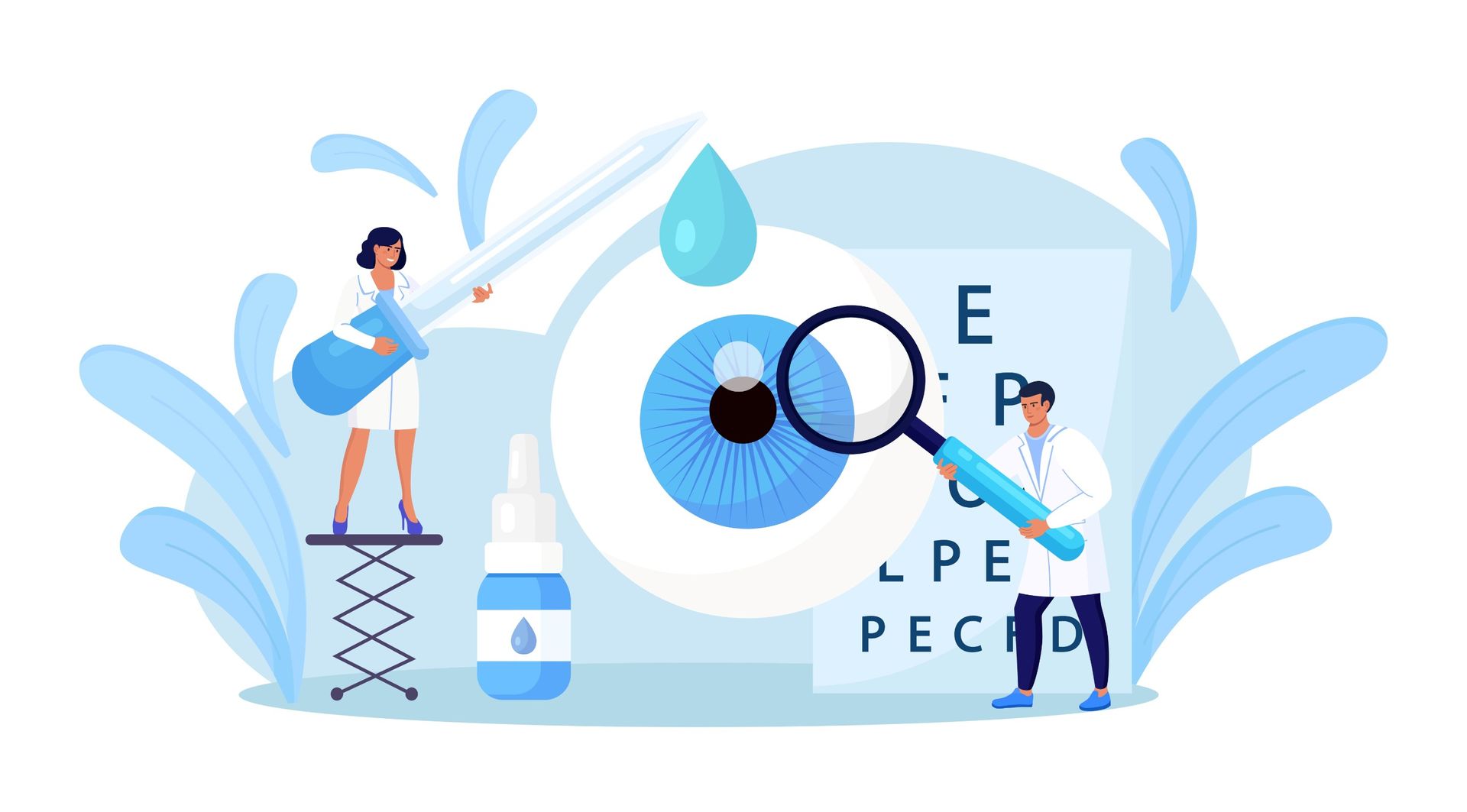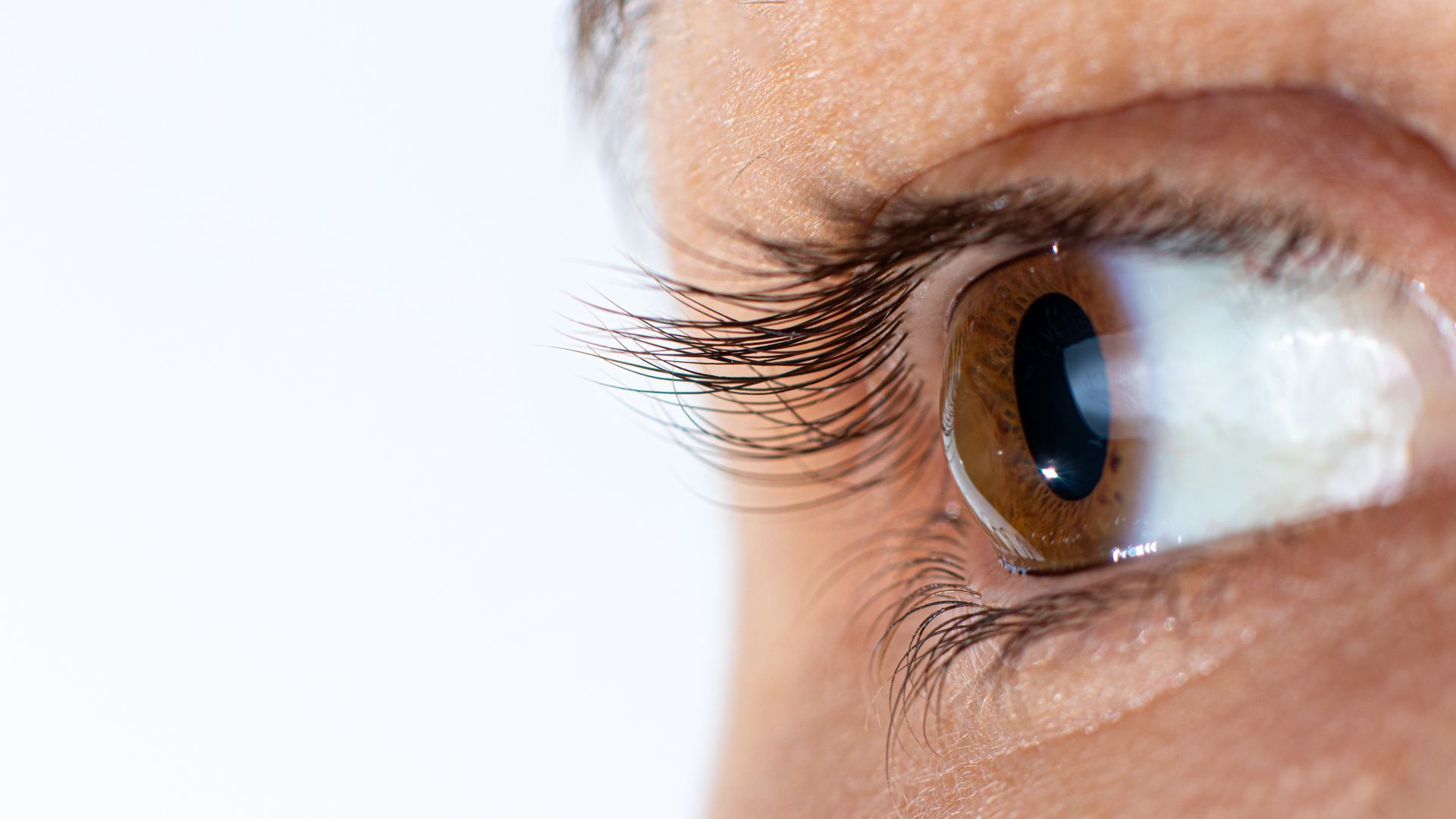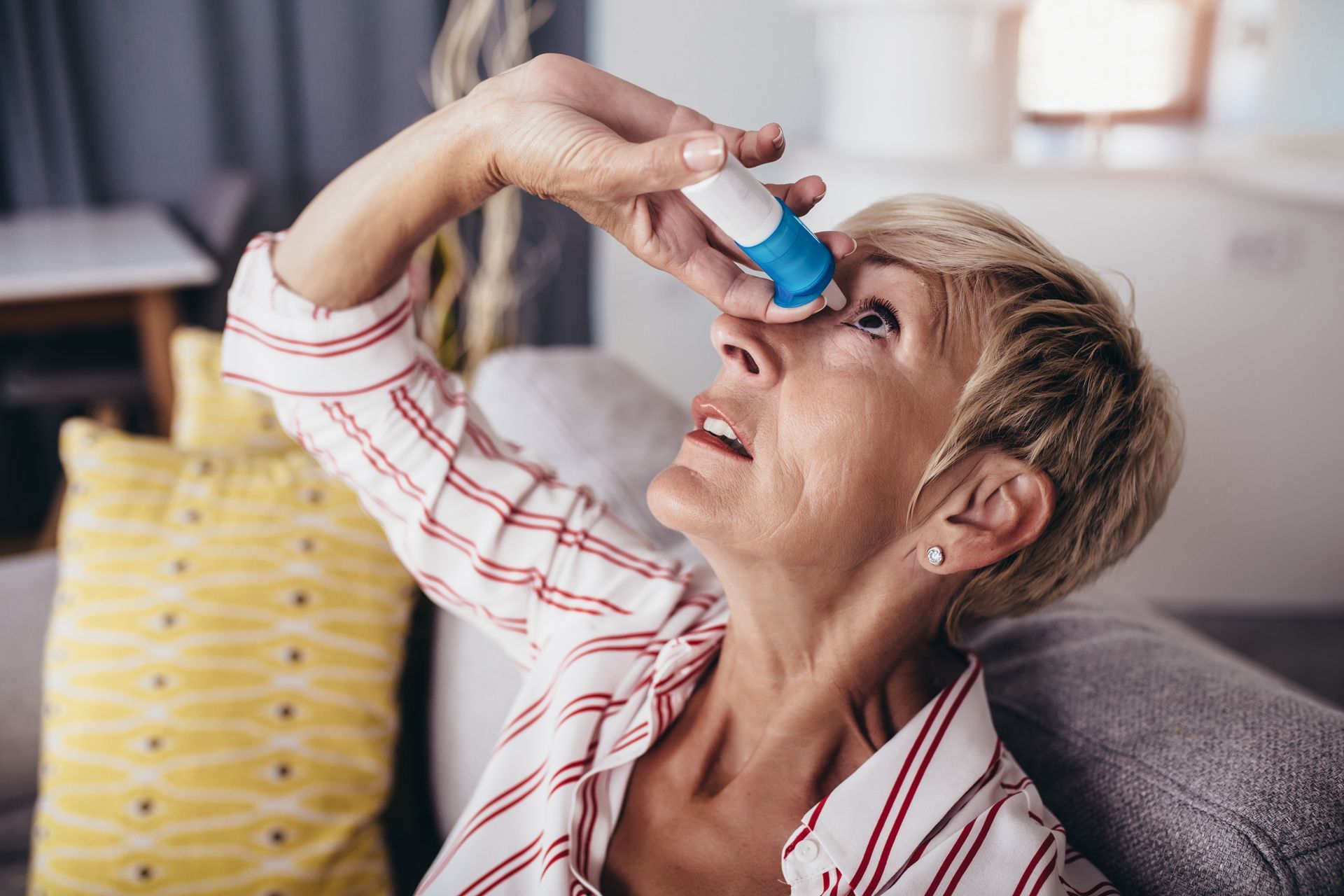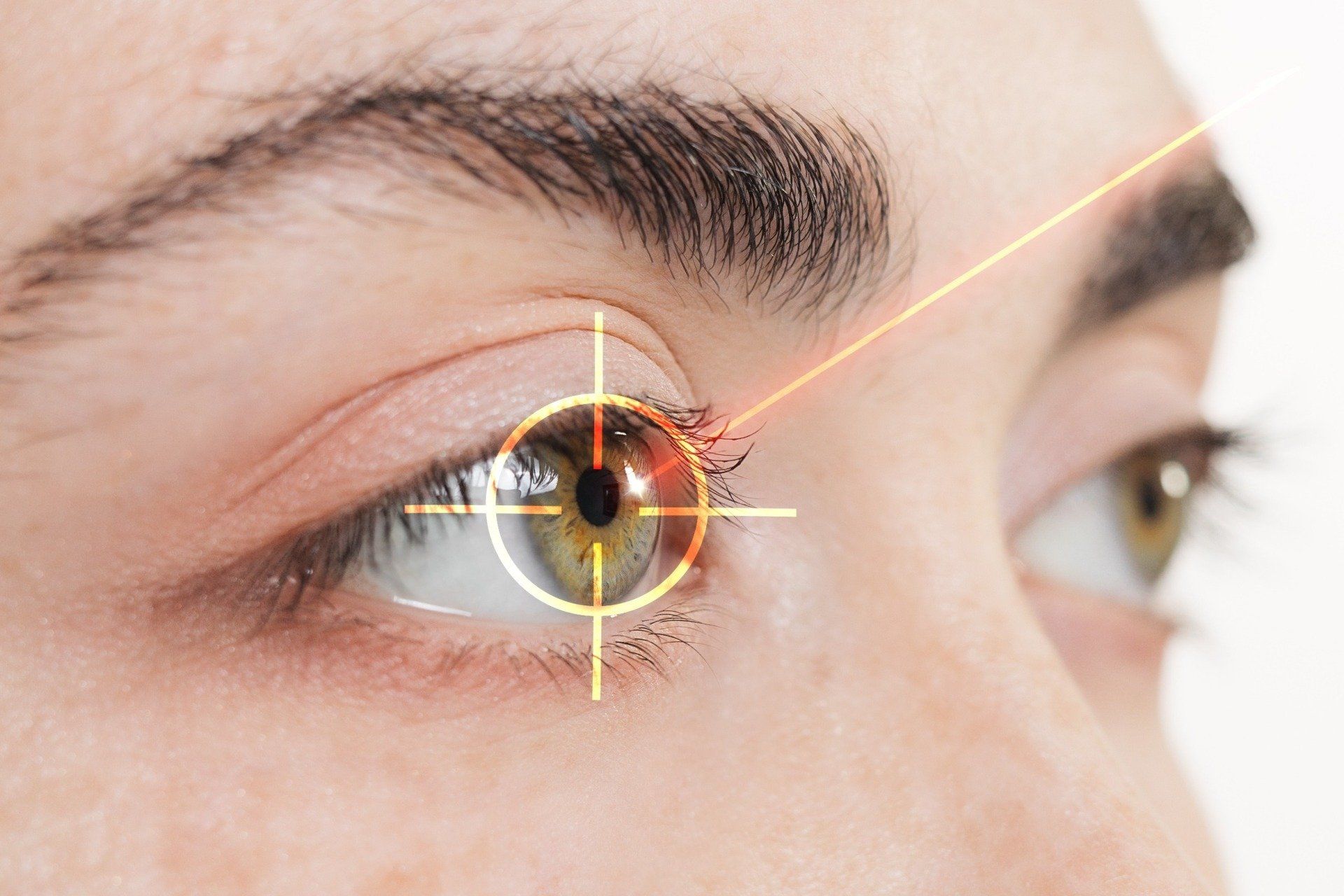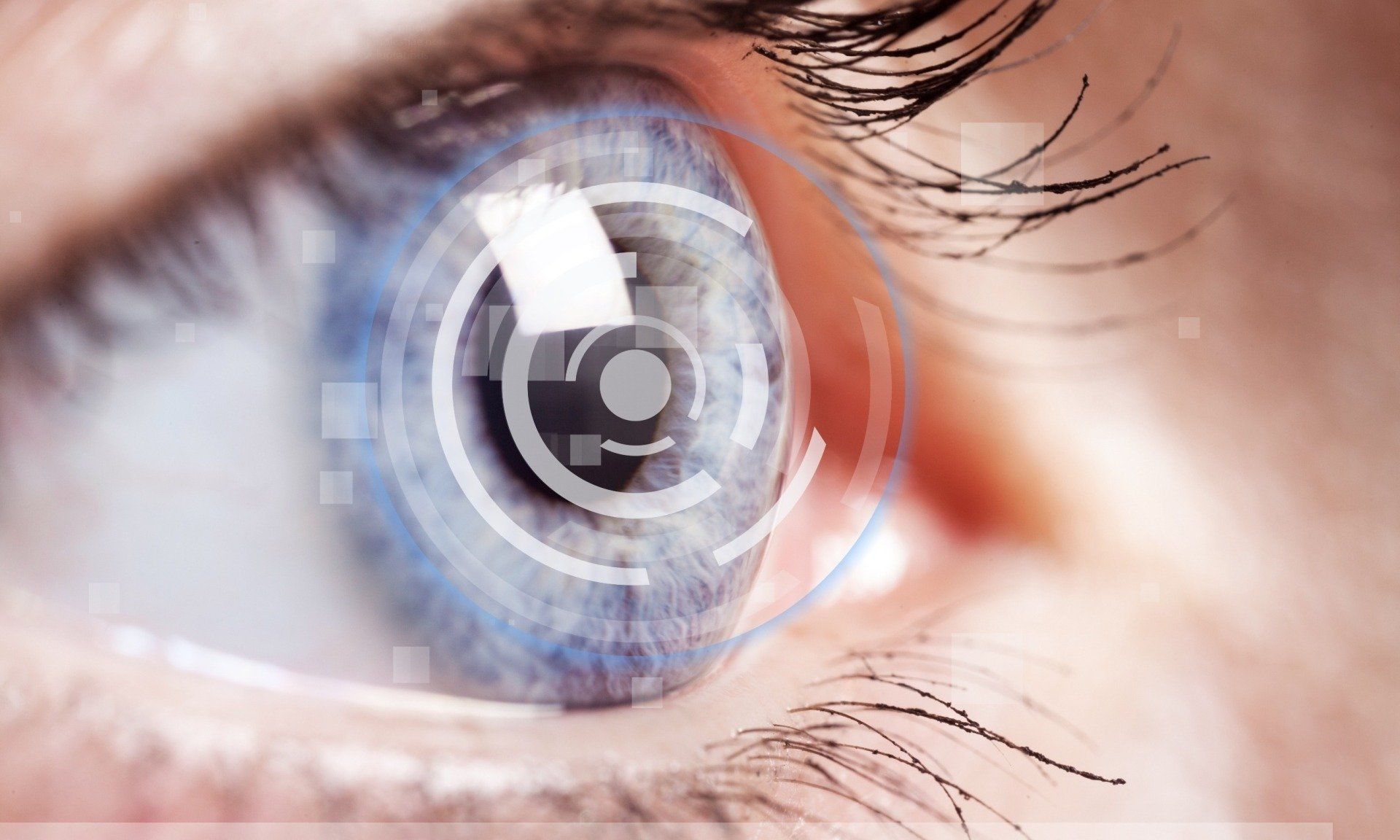How to Get Something Out of Your Eye
How to Get Something Out of Your Eye

We’ve all been there – you’re minding your business when you feel something get stuck in your eye. It doesn’t matter if it’s a foreign object or a chemical of some sort, getting something stuck in your eye is one of the most uncomfortable feelings you’ll experience and can put a damper on your day in a hurry.
Of the roughly 2.4 million eye injuries reported every year in the US (according to the American Academy of Ophthalmology), 90% are preventable and 35% are a result of getting a foreign body stuck in the eye – burns, open wounds, and contusions account for the other 65% of eye injuries reported each year.
Getting something stuck in your eye is as irritating as it is uncomfortable, but that only tells half the story. If not removed or cared for properly, getting something stuck in the eye can result in eye pain and further damage to the eye – ultimately resulting in pain, vision loss, and/or vision impairment. Don’t worry, we’re here to help!
What to Do If Something is In Your Eye?
The first thing you should do if you get something stuck in your eye is take a deep breath and don’t panic – no matter how irritating or annoying it is. Instead of rubbing and picking at the eye, your next move should be analyzing what it is you got stuck in your eye and where the foreign object got stuck in the eye.
The three most common things people get stuck in their eye include:
- Foreign Objects - using eye drops and/or flushing the eye with water can help remove a foreign object from the eye, but you can also use a cotton swab (carefully) if you visibly see the object.
- Chemicals - the best way to treat chemical exposure to the eye is by flushing your eye out with water for 15 minutes. In extreme cases, contact your doctor after flushing the eyes.
- Contact Lenses - if you get a contact lens stuck in your eye, use rewetting drops and massage the eyelids until the lens comes out. Don’t forget to check for torn contact lens fragments, as well.
You’ll also want to consider where the foreign object is stuck, such as:
- Eye’s Surface - once you locate the foreign object, gently use a cotton swab to remove the object and use eye drops to help flush out any other objects that aren’t visible.
- Upper Eyelid - you can dislodge an object in the upper lid by stretching the upper eyelid over the lower lid and moving your eye around. You should also flush the eye.
- Lower Eyelid - you can dislodge an object in the lower lid by stretching the lower eyelid over the upper lid and moving your eye around. You should also flush the eye.
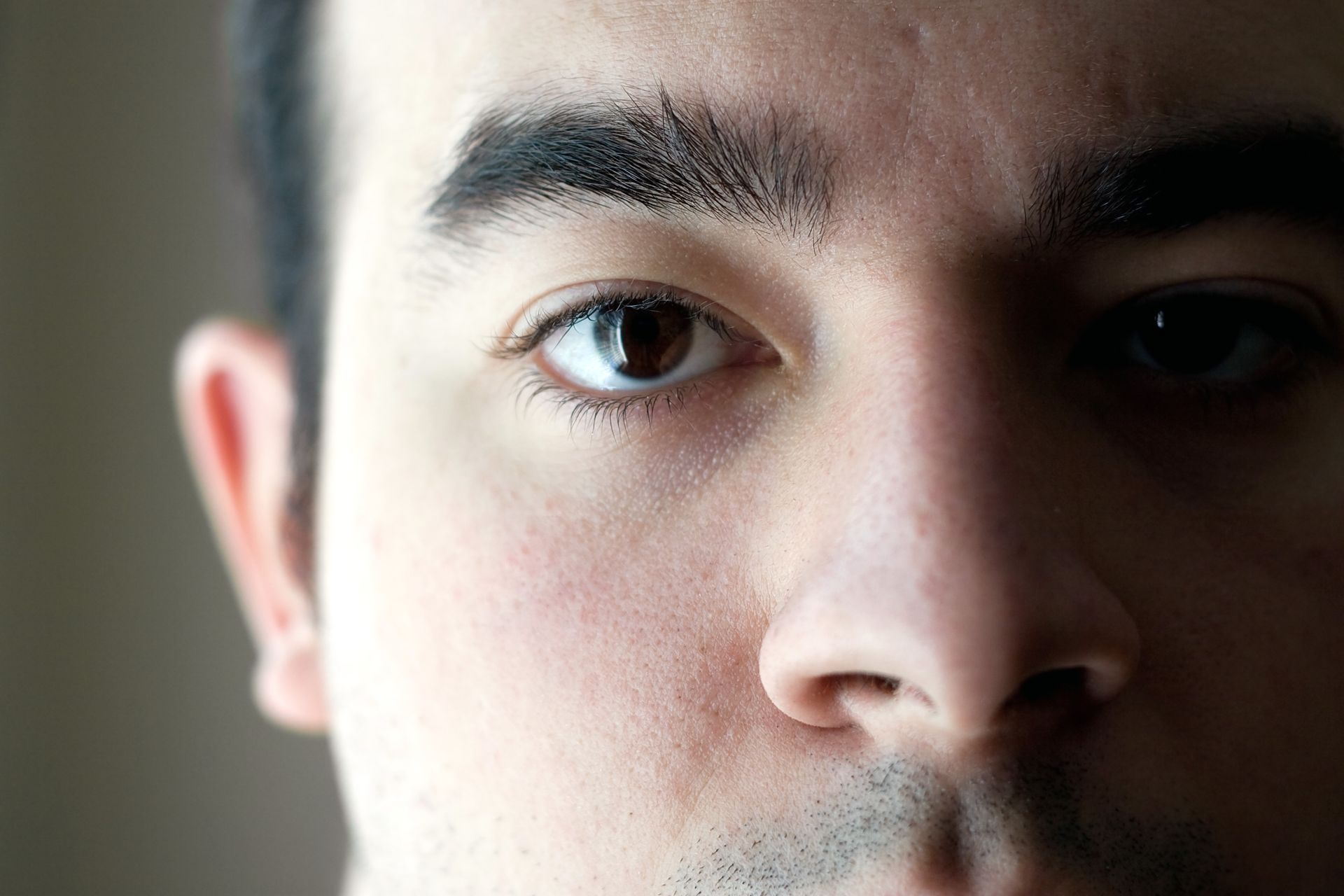
How to Get Something Out of Your Eye
With the help of tears and eyelids (blinking), the eye has a natural way of flushing foreign objects out of your eye and keeping the surface of the eye clear of any debris (sand, dirt, lashes, etc.). Unfortunately, those windshield wipers don’t always operate as intended and you might have to correct it manually.
First, here’s a list of things to avoid when trying to get something out of your eye:
- Avoid rubbing the eyes
- Avoid using tap water to flush the eyes
- Avoid driving if vision is impaired
- Take your contact lenses out before flushing the eyes
- Avoid caring for the eyes with dirty hands/fingers
- Avoid using a cloth to remove debris from the eye
- Avoid removing items that are embedded into the eye
Getting something out of your eye can be frustrating, but you can often solve the problem with the use of eyedrops (artificial tears) and/or manually flushing your eye with water. Don’t worry, we’ll teach you everything you need to know about using eye drops and flushing your eye to avoid any further damage.

How to Use Eye Drops Properly
Eye drops, also known as artificial tears, are generally easy to use. Just tilt your head back, gently pull your lower eyelid down (to make a pocket), and squeeze one drop of solution into your eye – close your eyes for one minute and lightly press your finger on the inside corner of the eye (tear duct) to prevent drainage.
While eye drops are intended to help in these situations, it is possible to make the problem worse if not used properly. To avoid an infection or any other complication, make sure you wash your hands before using eye drops and always avoid touching the tip of the bottle with your hands and/or surface of the eye.
How to Flush Your Eye Properly
If eye drops aren’t getting the job done or you’re dealing with chemical exposure to the eye, you should try flushing the eye. This can be done at the sink, in the shower, or anywhere really (if you have a glass or pitcher of water). Keep in mind that the goal is to gently flush the eye – not pressure wash your eyes.
First, wash your hands and take your contact lenses out. If at the sink, put your eye(s) under the faucet and tilt your head to the side while a gentle stream runs across the eye(s). You can also do this in the shower by letting water hit the forehead and run down your face – or you can do it with a glass or pitcher.

Prepare a First-Aid Kit for Eye Care
We all have a first aid kit located somewhere in our home and/or workplace – while we hope we never have to use it, they definitely come in handy when needed. And while most people have band-aids and alcohol, and gauze pads in their first aid kit, they don’t have anything to help treat eye injuries at home.
If you’re putting together a first aid kit for eye care, here are some must-have items to include in it:
- Handheld mirror
- Safety goggles and eye patch
- Eyedrops (artificial tears)
- Eye irrigation kit
- Eye wash cup
- Saline solution
- Medicine dropper
- Sterile gauze
- Cotton swabs
- Hand sanitizer and alcohol pads
- Flashlight
- Water
While you likely already have most of these items in your house, it’s always a good idea to gather them together and put them in one, singular place in the house – perhaps with your general first-aid kit. That way, when you get something stuck in your eye, you don’t have to run around the house looking for it.
Contact Holly Springs Eye & Laser!
Did you get something stuck in your eye? Do you want to make sure your eye didn’t suffer any further damage after getting something stuck in your eye? Have at-home methods for removing something from your eye failed you? If you answered ‘yes’ to any of these questions, don’t hesitate to seek emergency medical care.
At Holly Springs Eye & Laser, we understand how irritating this can be – after all, it’s something we deal with, too! If you need professional help, you can call or text us at (919) 689-8920, email us at hello@hollyspringseyeandlaser.com, or fill out our online form to schedule a visit with Dr. Faraaz Khan.






